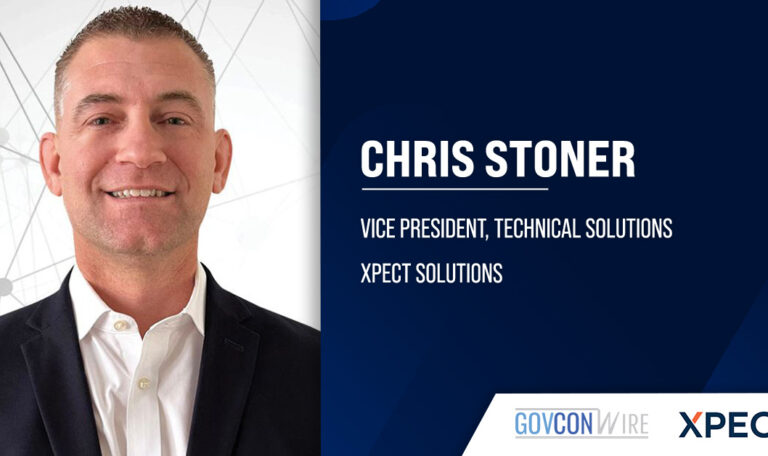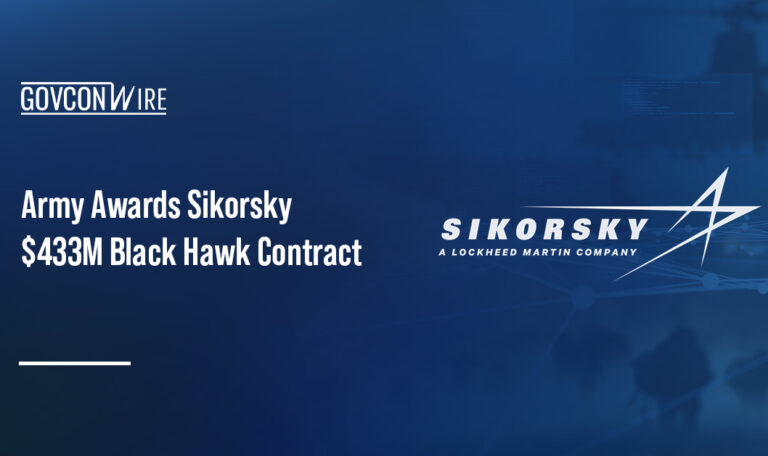In today’s U.S. health care market, speed is a top-ranking priority. In the wake of the COVID-19 pandemic, health care organizations are looking at ways to get technologies, systems and capabilities to market faster than ever before. But as advancements in technology continue to accelerate, the industry can’t afford to lag behind.
“The unfortunate thing with technology is that it atrophies under your feet,” said Robert Wood, chief information security officer and director of the information security and privacy group for the Centers for Medicare and Medicaid Services, during a recent GovCon Wire event. “So if you’re not changing, you’re sliding.”
At CMS, Wood leads the agency’s batCAVE effort, a continuous authorization and verification engine which, he explains, is “about trying to get systems, software development teams to market as fast as humanly possible.”
However, a host of elements can create friction in the process of moving something to market in the healthcare sector. Wood cited factors like procurement cycles, identity provisioning, funding, duplicative infrastructure work and “getting APIs to talk to you” as major development slow-downs.
“You might have an idea and it might not see the light of day, in a production sense, for years. And that’s just insane to me,” Wood shared, noting that “year-long” delivery processes are not the norm in industry, and especially not in startup environments, where he has spent time throughout his career.
In conjunction with optimizing the market delivery process, CMS is also working to simplify information sharing and eliminate data storage roadblocks by breaking down data silos and moving towards a more centralized data strategy.
Wood said a “data lake” approach — in which more users in more widely accessible location equates to richer data — could help CMS build better dashboards, insights and models. Ultimately, this effort could mean that “going through situations like Log4j could be a matter of a query as opposed to data calls and scans and pen tests,” and other time- and resource-consuming measures.
Meanwhile, at the Department of Veterans Affairs, information technology is taking the front seat in a different way. Paul Tibbits, executive director of the Office of Technical Integration for the VA, said the agency’s Office of Information Technology is now on equal footing with the rest of the department in regards to business process decisions.
The guiding principle behind this effort, Tibbits shared, is “vision-driven IT execution” — one of the agency’s four primary areas of focus.
“A big transformation for us, in the truest form of the word, is that we’ve become business consultants more than order takers,” Tibbits said of the OIT elevation.
“We will be talking to VHA about how healthcare is delivered, we will be talking to VBA about how claims are processed, we will be talking to cemeteries about how they go about ordering headstones,” Tibbits explained. “All of that will be a totally new proposition for us in the OIT department and a totally new proposition for our business partners.”
The organizational shift is not only a change for the VA’s business partners, who Tibbits said “are not at all in any way, shape or form accustomed to relating to [OIT] in that way,” but it also requires a big change in the way the IT department itself acquires the knowledge, skills and abilities to conduct these interactions.
The VA’s IT department is now tasked with creating the vision that drives the agency’s IT execution strategy. Tibbits said the OIT is expected to draft measurable outcomes and roadmaps towards achieving them as part of the new approach.

To learn more about how the federal government is tackling IT challenges, join GovCon Wire Events for its Second Annual Army IT and Digital Transformation Forum on June 15. Army CIO Dr. Raj Iyer is scheduled to deliver the forum’s keynote address. Register here.
















